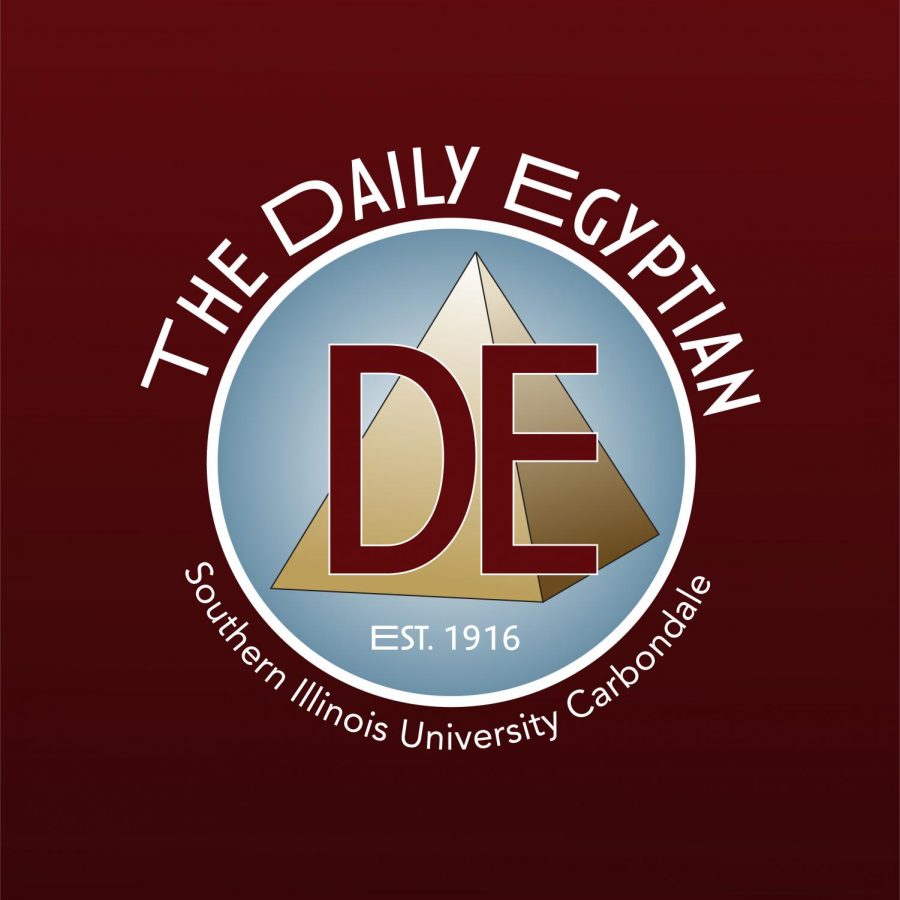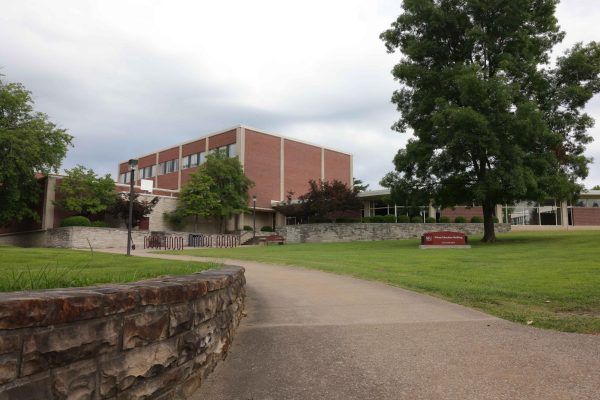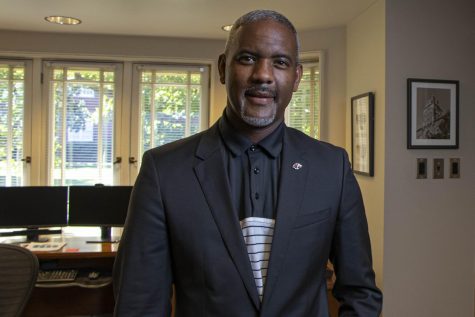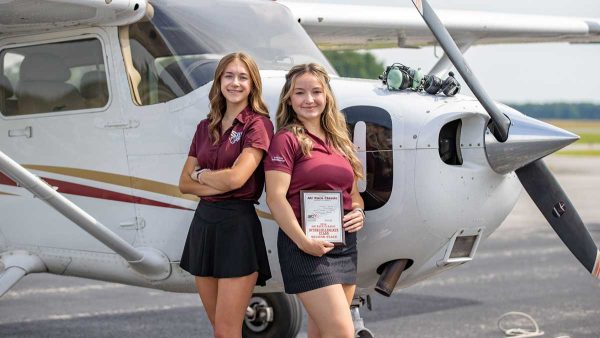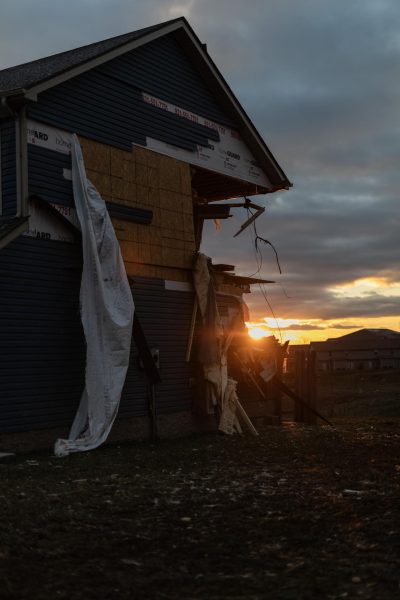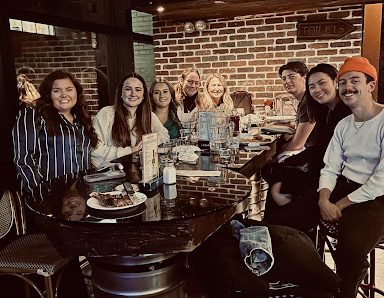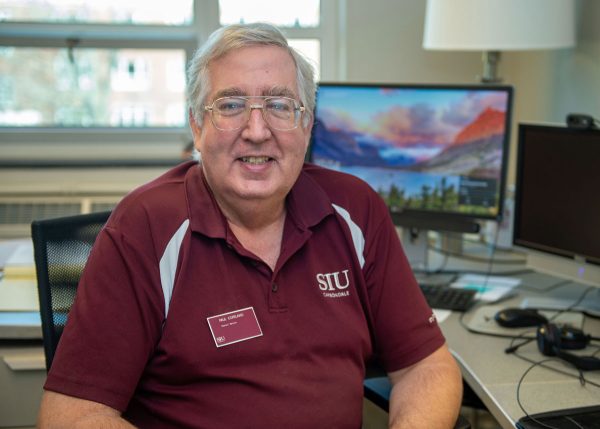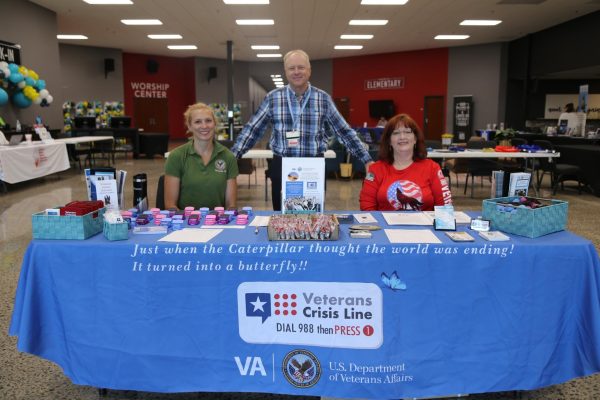SIU-C researchers’ multidisciplinary approach to Ground Penetrating Radar “bears fruit”
Researchers at Southern Illinois University at Carbondale (SIU-C) developed an improved version of Ground Penetrating Radar (GPR) which they experimented with at the Wyoming Dinosaur Center (WDC).
Dr. Harvey Henson, the interim director of the STEM Education Research Center (SERC), who supervised the project, said, “GPR has been around for decades, and has a lot of applications. Anywhere you have a problem and you want to look at the subsurface, it can be used.”
GPR works by sending and retrieving an electromagnetic pulse into the ground, and processing the waves retrieved into images which can be used to identify objects of interest based on their hardness, Henson said.
Advertisement
“Excavation is time consuming and labor intensive, and you might damage parts you don’t know are there,” Henson said.
Henson led a group of researchers on an expedition to the Thermopolis Anticline in Wyoming, owned and operated by WDC, to test whether the GPR system could be used to identify unexcavated dinosaur bones.
The GPR technology used at WDC was previously used in research by graduate student Zachariah Seaman in identifying crayfish burrows, and observing how they live below the surface without disturbing them or placing them in a laboratory setting.
“We’re not trying to dissect the entire borough,” Seaman said. “We’re letting the GPR try to do that and so far we’ve had some really cool success with that and have produced really wonderful 3D models of it.”
Seaman said he used his experience from the crayfish project to assist the WDR expedition.
“You almost have to be multidisciplinary in order to function well as a scientist,” Seaman said. “Coming from zoology, and having to learn a lot of geology and geophysics has been a new and exciting aspect of research.”
Henson said the level of detail and accuracy in imaging underground structures with the new GPR technology is unprecedented, and can be implemented in a number of fields including geology, paleontology, archaeology, geotechnical engineering, environmental research and law enforcement.
Advertisement*
“Our team is the first to image bone beds with such detail and confidence,” Henson said.
The research was funded through grant funds from SERC and SIU-C School of Earth Systems and Sustainability.
Apgar, the graduate assistant that originally pitched the dinosaur project, worked as an intern at WDR for two summers, and previously worked alongside Seaman.
“[Apgar] had this idea of going out there, and scanning for either fossils or paleo-environments,” Seaman said. “Dr. Henson was all for it, especially after the success that we had with my graduate research project.”
Apgar said her main area of research is in geology, but her passion is in dinosaur hunting. The new GPR has a viewing range of potentially thousands of meters below ground, making fossil finding finding much easier
“My main hope with the research is that it will bear fruit, and allow us to do and see things we didn’t think were possible just a few years ago,” Apgar said
Seaman said the relationship with WDC was symbiotic.
“They themselves would benefit from having a better idea of where fossils could be located, at the same time we get the benefit of producing these research projects,” Seaman said.
Seaman said there were some difficulties with the testing of the equipment in a new setting, but the main goal of the team was to minimize the factors that could discount the validity of the research.
“One of the predicaments that we came into was the radar unit we thought we had gotten wasn’t necessarily the one that we were anticipating,” Seaman said. “It’s technically the same system, but they don’t work together in the same way, so I couldn’t hook up our usual system to another radar.”
The issues were compounded by the mountainous Wyoming environment, Seaman said.
“Dr. Henson and I were both trying to figure it out, all the while you have to try not to waste time,” Seaman said. “In the morning it’s a bit cooler, but at noon it gets really hot on the side of a mountain with the sun beating right down on you. So, time and weather were key.”
Henson said the team made usable images, despite the tech and logistics issues.
“I hope that other researchers will be able to borrow from our research and expand to other sites,” Henson said. “This is how science happens. It builds on established methods and technologies, but you have to start somewhere.”
Apgar said working with the research team was a fun, educational experience, and recommended applying for internship positions at the WDC.
The WDC takes 12 interns each summer from a pool of high school and college age students, and allows them to work hands-on with the numerous research projects taking place.
“Most of the programs are fantastic,” Apgar said. “They allow kids as young as three to come to an actual dig site to dig for bones, and they are one of the only places that allow that.”
The WDC can be reached via their website at https://wyomingdinosaurcenter.org/.
Staff reporter William Box can be reached at [email protected] or on Twitter at @William17455137. To stay up to date with all your southern Illinois news, follow the Daily Egyptian on Facebook and Twitter.
Advertisement



